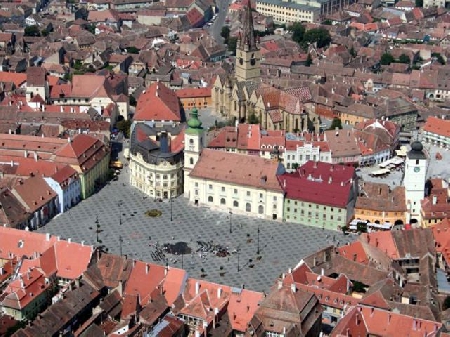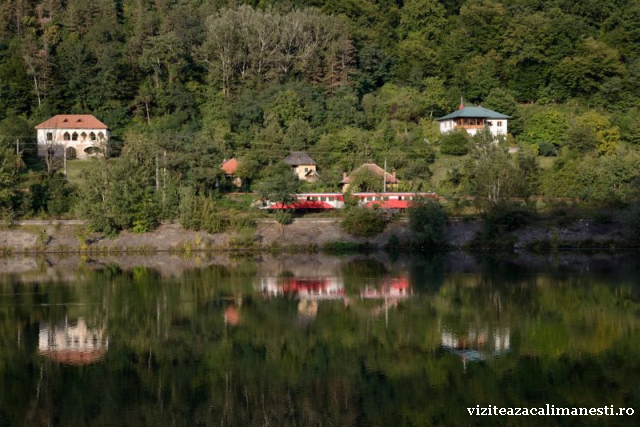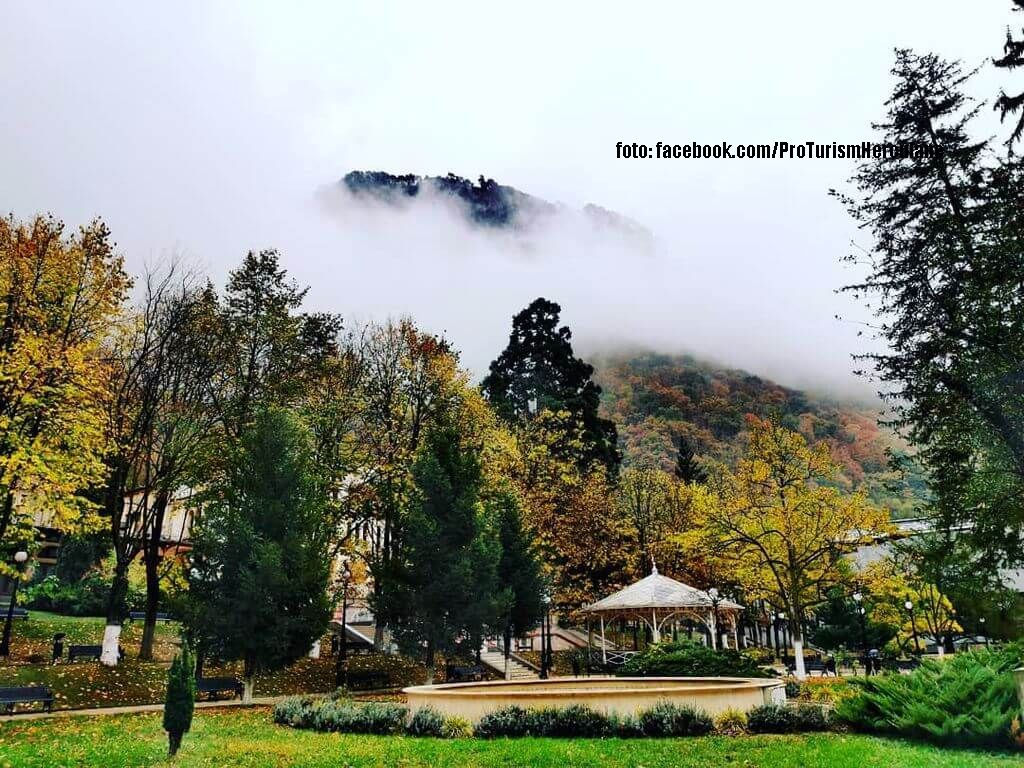City Break in Romania
The lack of spare time and the city’s daily hustle and bustle have along the years taken their toll on tourism, creating a fresh concept, that of city-break. It’s already common knowledge that a couple of days spent in a new tourist destination can recharge your batteries for another workweek. In recent years, Romania has managed to tailor its travel offer in order to meet this modern request.

Ana-Maria Cononovici, 12.09.2013, 14:09
The lack of spare time and the city’s daily hustle and bustle have along the years taken their toll on tourism, creating a fresh concept, that of city-break. It’s already common knowledge that a couple of days spent in a new tourist destination can recharge your batteries for another workweek. In recent years, Romania has managed to tailor its travel offer in order to meet this modern request.
The representative of the National Travel Agencies Association in Romania, Cosmin Marinof, has more on the issue: “Sibiu, in central Romania, is a groundbreaker in this field, being the first Romanian city to become European Capital of Culture, in 2007. Due to that success, city-breaks are now products of increasing interest for both local and foreign tourists. Other cities, like Brasov, and more recently Bucharest have followed suit. Bucharest, particularly in summer, is full of tourists visiting the capital or hanging around bar gardens in the Old City Centre. Another first in Romania is also related to Sibiu, which became the first city in this country to have an official Christmas market. Its example was later followed by other cities like Bucharest. Spring and autumn are, in our opinion, the most appropriate seasons to visit a city. The most visited three cities in Romania are Brasov, Sibiu and Cluj, followed closely by the towns of Sinaia and Sighisoara. Historical places like Brasov, Sibiu and Sighisoara are ranking first among the preferences of our tourists. An average price for two nights in a guesthouse (BB) stands at some 50 euros.”
A report issued late last year shows that the largest number of foreign tourists who visited Romania during that period came from Hungary and Bulgaria, accounting for 32.3% and 19.7% of the total number of tourists, respectively. Tourists from Hungary are mainly visiting the Western Romania and the regions with a Hungarian-speaking majority. Visitors from Bulgaria prefer the major cities as they mainly come on business in Romania. Other countries well represented in terms of tourists are Germany, Italy and Poland, visitors from these countries accounting for 9.5%, 7.2% and 7.1% of the total number of foreigners coming to Romania, respectively.
Also, some 100,000 foreign visitors a year are interested in the Romanian health services, mostly spa treatment. Most tourists who fall into this category go to Covasna and Herculane to undergo treatment for heart and rheumatism problems. Most of them come from Israel, Germany and more recently, from Italy.
Cosmin Marinof tells us how Romania has adapted to this new demand and what city-break offers include: “A recent growing tendency is the development of wellness and spa type hotels, with Transylvania leading this trend. Most of these hotels have emerged in the western part of the country, near the towns of Targu Mures and Medias, which attract many foreign tourists. Last but not least, there are many city-break offers for the seaside, especially in the resort of Mamaia. We had a lot of such tourists in 2012 and already have many bookings for this year.”
As Cosmin Marinof has pointed out, you should take advantage of the fact that spring has finally arrived in Romania and nature has come back to life, making everything look beautiful. At this time of the year, hotels and guesthouses, including on the Black Sea Coast, are getting ready for the Labour Day and Orthodox Easter holidays with interesting packages. Travel agents also provide customised tourist packages including flights, transport to hotels, accommodation, optional trips and visits to tourist and cultural sites, as well as attendance of various sports and cultural events.






























